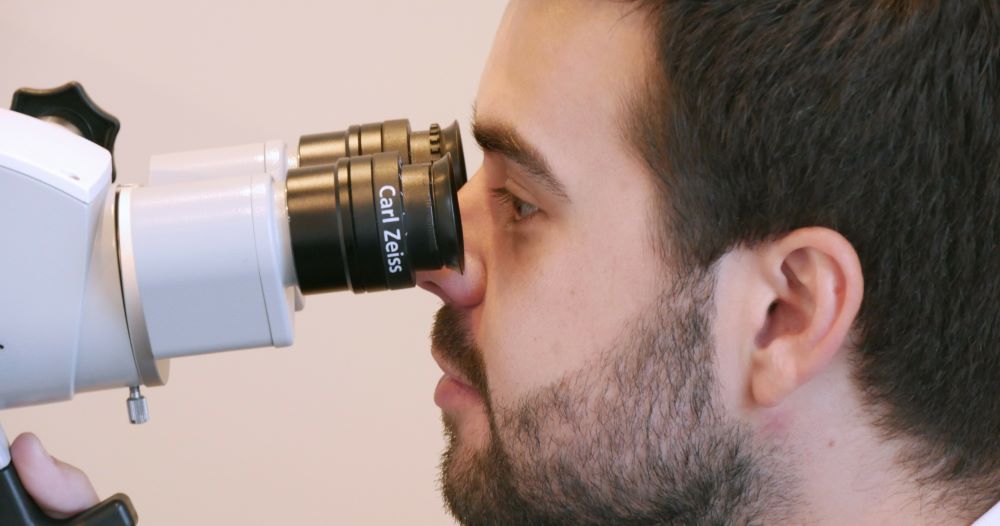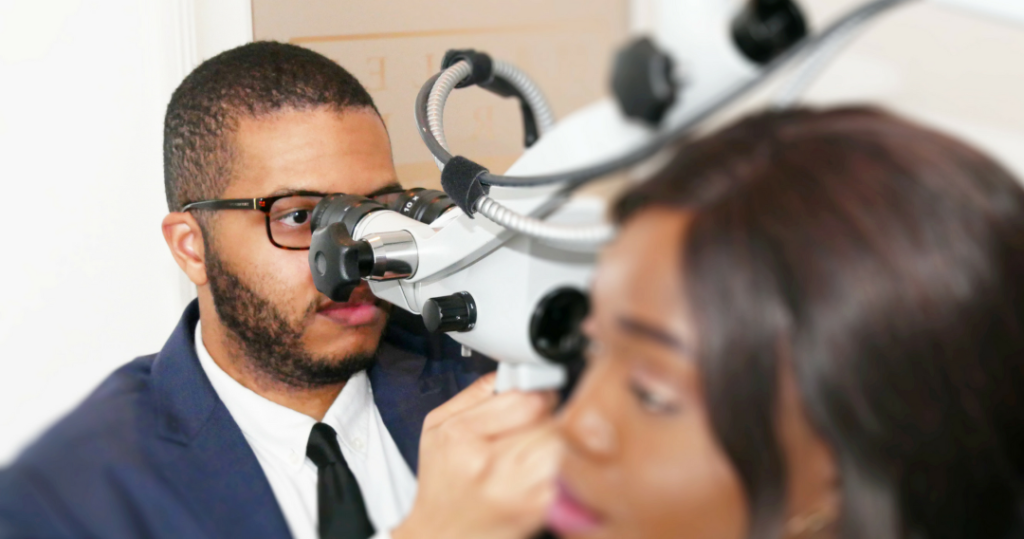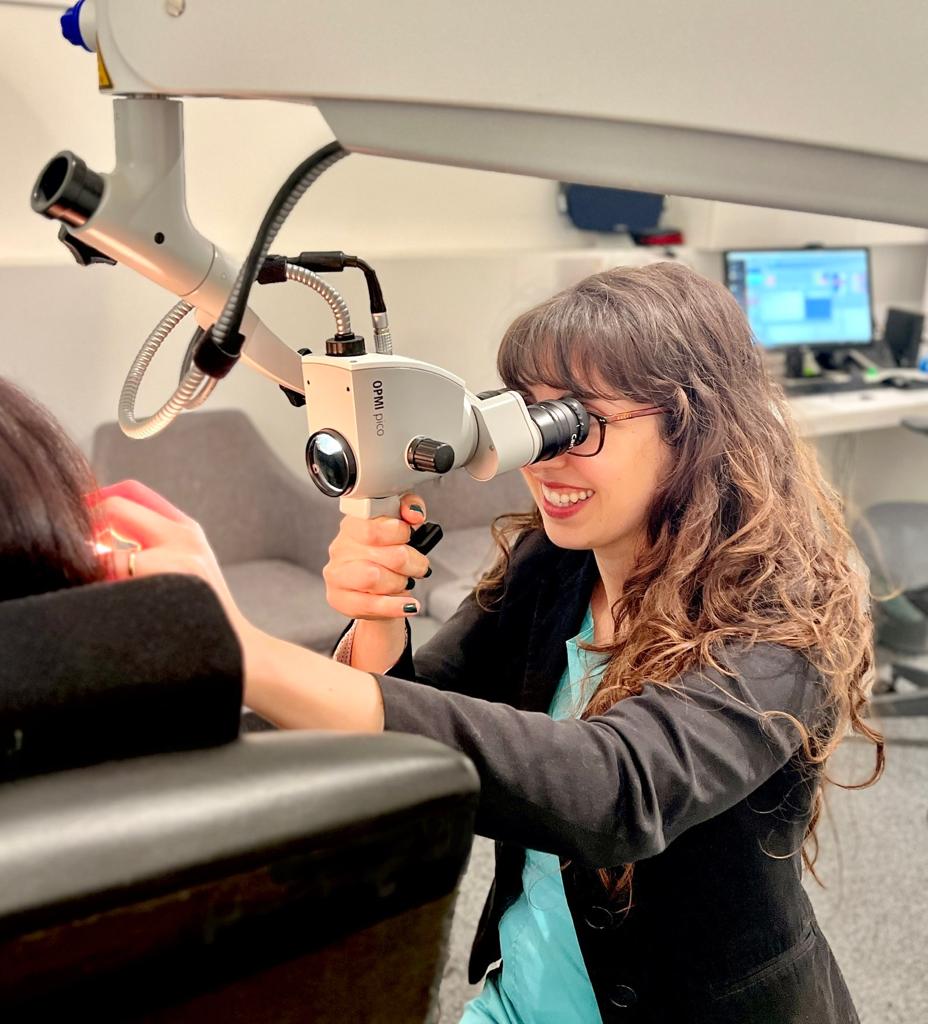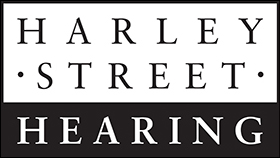What is ear wax removal?
Ear wax is a natural substance that is produced by our ears in order to protect them from bacteria and germs, and keep them lubricated. It usually passes through the ear canal and falls out naturally, but this isn’t always the case for those who produce an excessive amount of ear wax.
If you’ve ever experienced a build-up of ear wax, you’ll know that it can lead to discomfort and sometimes hearing problems. Ear wax removal is the best solution for safely removing this build-up and alleviating these symptoms.
In this blog, we’ll provide a detailed insight into ear wax removal procedures and explain the do’s and don’ts of removing wax from the ear.
What can cause a build-up of ear wax?
Having excessive ear wax means that your ear is producing wax faster than your body can remove it.
There can be a number of different reasons why ear wax can build up, and a majority of the time this is down to the way your ears naturally function and is therefore typically unavoidable.
Some of the most common reasons for excessive ear wax are:
- The ears naturally generate a type of earwax that is firm or dry in consistency, making it less prone to easy passage through the ear canal.
- Having narrow or hairy ear canals which prevent the wax from moving through
- Ageing, which can lead to producing drier ear wax
- Certain health conditions and infectious diseases
- Objects repeatedly placed inside the ear, such as cotton buds
It’s worth noting that in some cases, there may also be no definitive cause for ear wax build-up. However, it’s easily resolved with ear wax removal.

Effective ear wax removal methods
Ear wax removal should always be performed by a qualified and experienced clinical audiologist. At Harley Street Hearing, there are two methods of ear wax removal which we perform on the basis that they are the safest and most effective, microsuction and irrigation.
Microsuction
Suitable for a majority of patients, microsuction is the most popular method of ear wax removal. The procedure is safe, gentle and effective when performed by a qualified audiologist.
During the procedure, a high-spec examination microscope with x20 magnifcation is used to provide full visibility of the ear canal and find the blockage. The ear wax can then safely be removed with the use of a gentle suction device.
Microsuction is a painless procedure, but should always be performed by fully qualified clinical audiologists.
Ear irrigation
In some cases, ear irrigation, also known as syringing, may be the preferred method of wax removal. Similarly to microsuction, this is a gentle and painless procedure that can successfully remove any excessive ear wax.
Using a specialised ear irrigation device, a controlled low-pressure flow of warm water is inserted into the ear to gently flush the wax out.
Ear Syringing
Ear syringing is an old-fashioned method of wax removal that is no longer considered to be best practice or safe. The modern alternative is electronic irrigation which uses a controlled, and variable, stream of water to gently dislodge and flush the wax out of the ear canal.
What not to do when you have a build-up of ear wax
When considering ear wax removal, it’s important to understand that not all methods are safe or effective. Attempting to remove ear wax at home or seeking the help of anyone who isn’t qualified to perform a procedure can be dangerous and lead to a series of complications.
Here are some things that you should avoid doing to prevent potential harm to your ears:
- Avoid using cotton buds: This is one of the biggest mistakes we often see people make. Cotton buds can be used to safely clean the outside of your ears, but should never be inserted into the ear canal. This can push the wax further inside, potentially damaging the eardrum or causing impaction.
- Don’t put sharp objects into the ear canal: Similarly, avoid inserting any at-home ear wax removal devices or sharp objects into the ear. Our ears are delicate and these types of objects can scratch the ear canal or puncture the eardrum – either of these injuries can lead to infection or further blockage.
- Never use ear candles: Despite a rise in popularity, ear candling isn’t an effective ear wax removal procedure, nor is it safe. They can pose risks such as burns, ear canal obstruction and even ruptured ear drums.
- Avoid excessive cleaning: Our ears are designed to clean themselves, and overcleaning them can disrupt their self-cleaning mechanisms. This can lead to dryness, irritation and even a higher rate of wax production.

Signs you might need ear wax removal
Ear wax build-up can sometimes produce no symptoms and go unnoticed, but there are some telltale signs and symptoms that you may need ear wax removal:
- Hearing problems: A gradual decrease in your hearing abilities or the feeling of having hearing loss, especially in one ear, can be a sign of ear wax blocking the canal.
- Earache: Pain or discomfort in the ear may be a result of wax pressing against the eardrum or causing inflammation.
- Tinnitus: Persistent ringing, buzzing or whistling sounds in the ear can sometimes be linked to ear wax build-up. However, there are also many other causes of tinnitus.
- Dizziness or vertigo: Excessive ear wax pressing against the eardrum or irritating the ear canal can lead to dizziness and balance issues.
- Pressure in the ear: Feelings of increased pressure within the ear can be a symptom of accumulation of wax.
If you’re experiencing any of the above problems or similar, we would highly recommend booking an ear wax removal appointment as soon as possible to prevent the problem from worsening. But you suspect that you may have an infection, please seek the advice of your GP.
What to expect at an ear wax removal appointment
It’s not uncommon to feel uneasy or anxious about your first ear wax removal appointment, but we can assure you that there’s nothing to worry about. Here at Harley Street Hearing, we make sure that all of our patients feel completely comfortable and at ease before the procedure begins.
Here are some of the steps you can expect to take at an ear wax removal appointment:
- Visual assessment: Your audiologist will start by visually inspecting the ear canal and eardrum using an otoscope to check for an ear wax build-up and determine the extent of it.
- Discussion: We will discuss your results and find out more about any previous medical history or symptoms to better understand your condition so we can tailor your treatment accordingly.
- Procedure: The recommended procedure, microsuction or irrigation, will be explained to you and we will proceed to carefully remove the wax.
- Aftercare: We will ensure you feel comfortable and aren’t experiencing any side effects before leaving the clinic, whilst also providing guidance on post-treatment care and preventative measures to avoid future wax build-up.

Book an ear wax removal appointment
Harley Street Hearing is London’s largest independent hearing clinic, offering effective and professional ear wax removal appointments at clinics across London.
To achieve the best results apply olive oil or softening drops a few times a day prior to your appointment. This makes it much easier to remove any hardened wax.
If you wear hearing aids please bring these along to your appointment and we can check and clean them for you.
We believe it’s best to err on the side of caution when it comes to your ears, so if you feel like you’re experiencing anything unusual or uncomfortable, get in touch with us to book an appointment.
Enjoy this article? You might be interested in some of our others:












